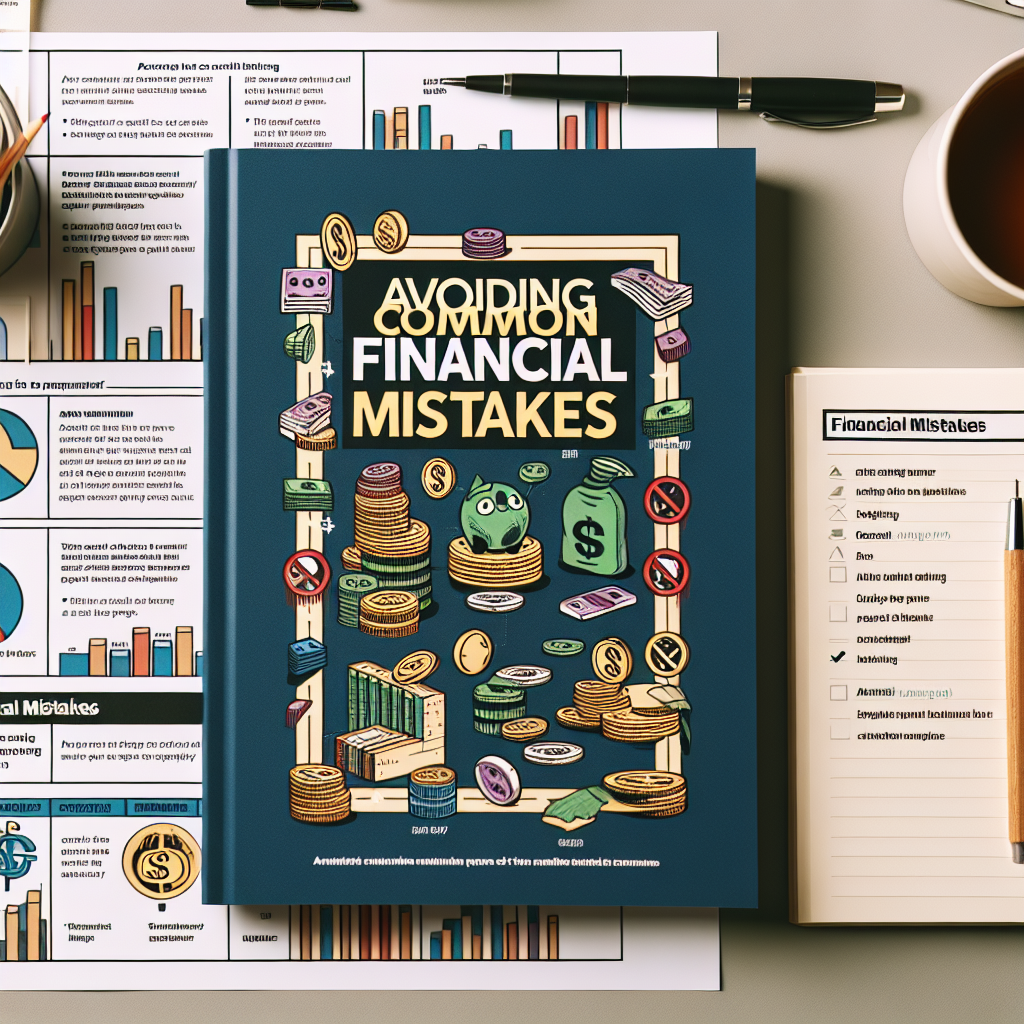Introduction
As we move deeper into the financial year, global markets are facing a complex mix of economic trends, geopolitical risks, and evolving investor sentiment. From interest rate adjustments to geopolitical tensions and rapid technological innovation, this quarter presents both significant opportunities and potential pitfalls for investors. In this update, we break down the most important developments across global markets and what they mean for your investment strategies.

1. The Global Economic Outlook
The global economy continues to experience uneven growth. While some regions are rebounding strongly post-pandemic, others are struggling with inflation, supply chain disruptions, and rising energy prices.
- United States: The U.S. economy remains relatively strong, but inflationary pressures persist. The Federal Reserve’s cautious stance on interest rates has markets on edge, with investors closely watching for signs of either tightening or easing.
- Europe: Growth is slower across the Eurozone. Germany and France face energy cost challenges, and the European Central Bank (ECB) has been gradually adjusting its monetary policy to curb inflation.
- Asia: China is showing signs of economic recovery after recent stimulus measures, but uncertainty around regulatory policies and global trade dynamics continues to affect investor confidence.
2. Central Bank Policies and Interest Rates
Interest rates are one of the biggest influencers on market behavior this quarter.
- The Federal Reserve is maintaining a cautious yet firm stance. While inflation has cooled from its 2022 highs, it remains above the 2% target. Many analysts predict that the Fed may hold rates steady for the rest of the quarter, barring any major surprises.
- In contrast, some emerging markets have begun to cut rates to stimulate growth, especially in Latin America, where inflation has come under control.
- The ECB and Bank of England are navigating tricky ground with tight labor markets and sticky inflation. Investors should be prepared for volatility around policy announcements.
3. Equities: Sector Performance and Stock Trends
Stock markets have shown mixed performance, with a few sectors outperforming due to specific trends.
- Technology: AI and chip manufacturers are leading gains, with companies like NVIDIA and Microsoft pushing tech indexes higher. However, valuations remain stretched.
- Energy: Oil and gas prices are stabilizing, but geopolitical events in the Middle East and OPEC+ decisions can quickly change the outlook.
- Financials: Banks have benefited from higher interest rates, but concerns around loan defaults and consumer credit are rising.
Investors should consider a sector rotation strategy, focusing on industries poised to benefit from the current macroeconomic environment.
4. Cryptocurrency and Digital Assets
The crypto market is experiencing a cautious recovery after the volatile downturns of recent years.
- Bitcoin and Ethereum have shown steady growth, driven by renewed institutional interest and anticipation of future ETF approvals.
- Regulatory clarity in the U.S. and Europe is beginning to emerge, which may lead to more stable inflows.
- Web3 and DeFi platforms continue to innovate, offering new opportunities but with high risk.
For investors interested in crypto, this quarter might be a good time to reassess allocations and consider more diversified digital asset exposure.

5. Commodities and Inflation Hedges
- Gold has performed well as a hedge against geopolitical uncertainty and inflation.
- Copper and lithium, essential for electric vehicles and renewable energy, are gaining interest among long-term investors.
Commodities offer a buffer during inflationary periods, but they also come with volatility tied to global demand and supply constraints.
6. Geopolitical Risks and Global Trade
Geopolitical tension remains a key risk factor this quarter.
- Russia-Ukraine conflict continues to disrupt energy markets and add to global instability.
- China-Taiwan relations are being closely monitored by global investors, particularly those with exposure to Asian markets.
- Trade relations between the U.S. and China are shifting again, affecting supply chains and manufacturing costs.
Investors should maintain diversified portfolios and consider geopolitical risk management strategies, such as exposure to safe-haven assets and low-correlation sectors.
7. Real Estate and Fixed Income
- Real estate markets are cooling in many regions due to high mortgage rates and slowing demand.
- Fixed income assets like bonds are becoming more attractive again, especially short-duration Treasuries and investment-grade corporate bonds.
This quarter could be a favorable time to rebalance portfolios toward income-generating and lower-risk investments.
8. Investor Sentiment and Strategy Tips
With market conditions evolving quickly, staying informed and agile is critical.
Key strategies for this quarter:
- Stay diversified: Don’t overexpose to any single region or asset class.
- Focus on quality: Choose high-quality stocks and bonds with strong fundamentals.
- Watch the Fed: Central bank policy will guide markets significantly.
- Reassess risk tolerance: Make sure your portfolio aligns with your financial goals and time horizon.
- Consider ESG and impact investing: More investors are seeking sustainable, responsible investment opportunities.
Conclusion
This quarter presents a mix of volatility and opportunity. As inflation moderates and interest rate decisions loom, investors need to stay informed and flexible. Diversification, risk management, and attention to macroeconomic trends will be key to navigating the global markets effectively. By aligning your portfolio with the current environment and keeping an eye on emerging opportunities, you can make the most of this dynamic period in global investing.




